Faster, Manic Pixie Dream Person! Run! Run!
In which Norm finds the thread that connects ROMAN HOLIDAY, WEIRD SCIENCE and THE FLASH, because no one else was going to.
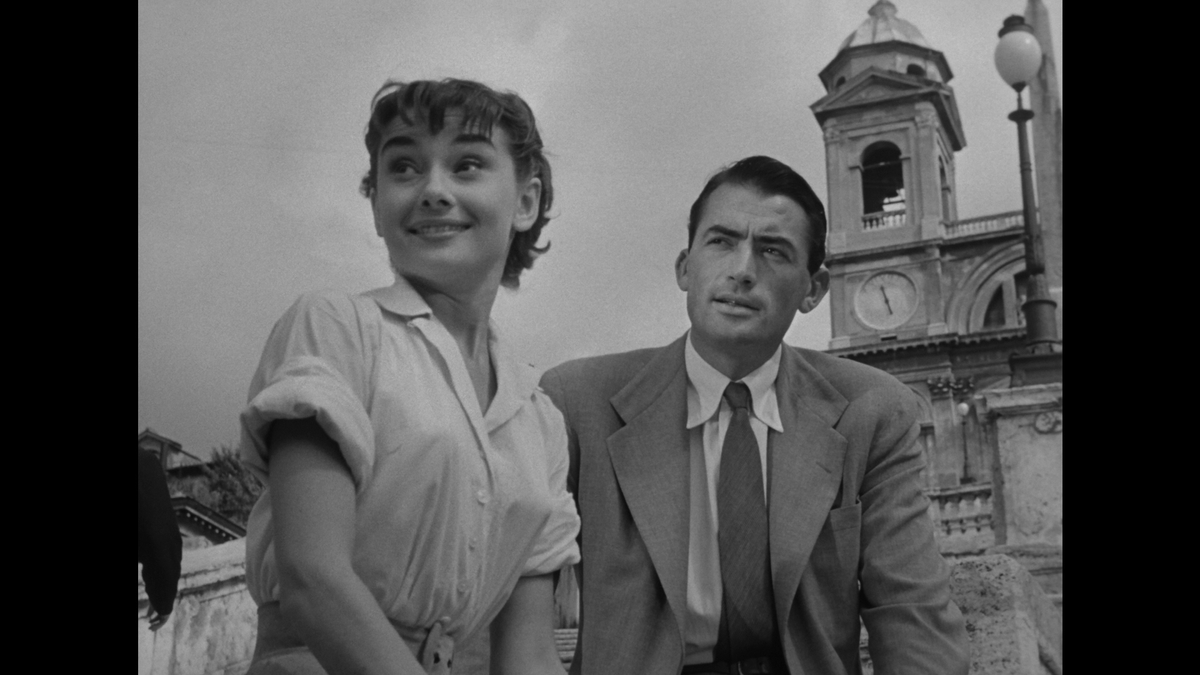
There’s been a lot written about the phenomenon of manic pixie dream girls, the goofball free spirits who jump into fountains and wear sundresses in April and exist primarily to inspire the male lead of a romantic comedy to lighten up and live a more fulfilling life. Nathan Rabin coined the term in 2007 when describing Kirsten Dunst’s insufferable flight attendant Claire in Elizabethtown, but the trope has been around forever – Jenna Elfman in Dharma & Greg, Goldie Hawn in Cactus Flower, Katharine Hepburn in Bringing Up Baby, and so on. And in 1953 there was Audrey Hepburn, whose breakout role in William Wyler’s reverse-Cinderella comedy Roman Holiday more or less defined her entire career.
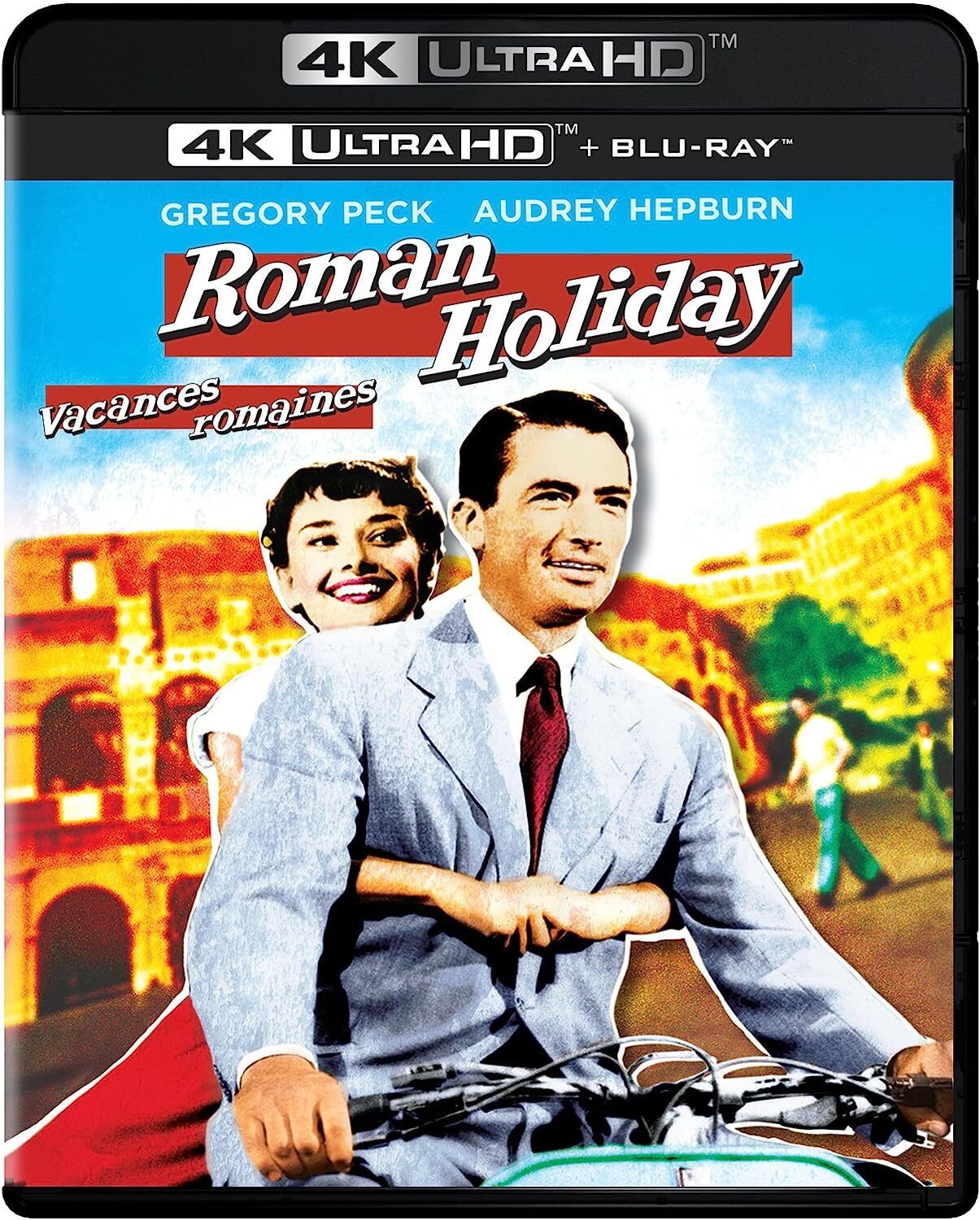
Now, technically Hepburn isn’t playing an MPDG; her Princess Ann is only playing at being a free spirit, sneaking away from her minders to run around Rome incognito – accompanied by Gregory Peck’s Joe Bradley, a cynical journalist who susses out her identity immediately and offers to be her guide so he can secretly write a story about her exploits. And of course they fall for each other.
Like Casablanca a decade earlier, Roman Holiday is a film that works because of its limitations. The age gap between Peck and Hepburn makes Hepburn seem even more youthful and vibrant – Ann’s sheer life force animates everyone around her (with the exception of her glum courtiers, of course), and you can see Joe getting infected with it over the course of the film. Peck’s really, really good here, in a role originally pitched to Cary Grant – who turned it down because that age gap would have a chasm – and Eddie Albert is pretty great in the comic-relief role of Joe’s photographer pal Irving, but of course Hepburn is the movie’s center of gravity, her radiance and charm pulling everyone towards her.

Would you believe that one of the key contributors to MPDG discourse was the legendary screenwriter Dalton Trumbo? Roman Holiday was one of the scripts Trumbo wrote during his time on Hollywood’s blacklist; for decades it was credited to his friend Ian McLellan Hunter. Years of arbitration led to Trumbo getting posthumous story credit about a decade ago – and thus the Oscar that was awarded to Hunter – but it wasn’t until the 2020 Blu-ray that Roman Holiday’s screenplay bore Trumbo’s name.
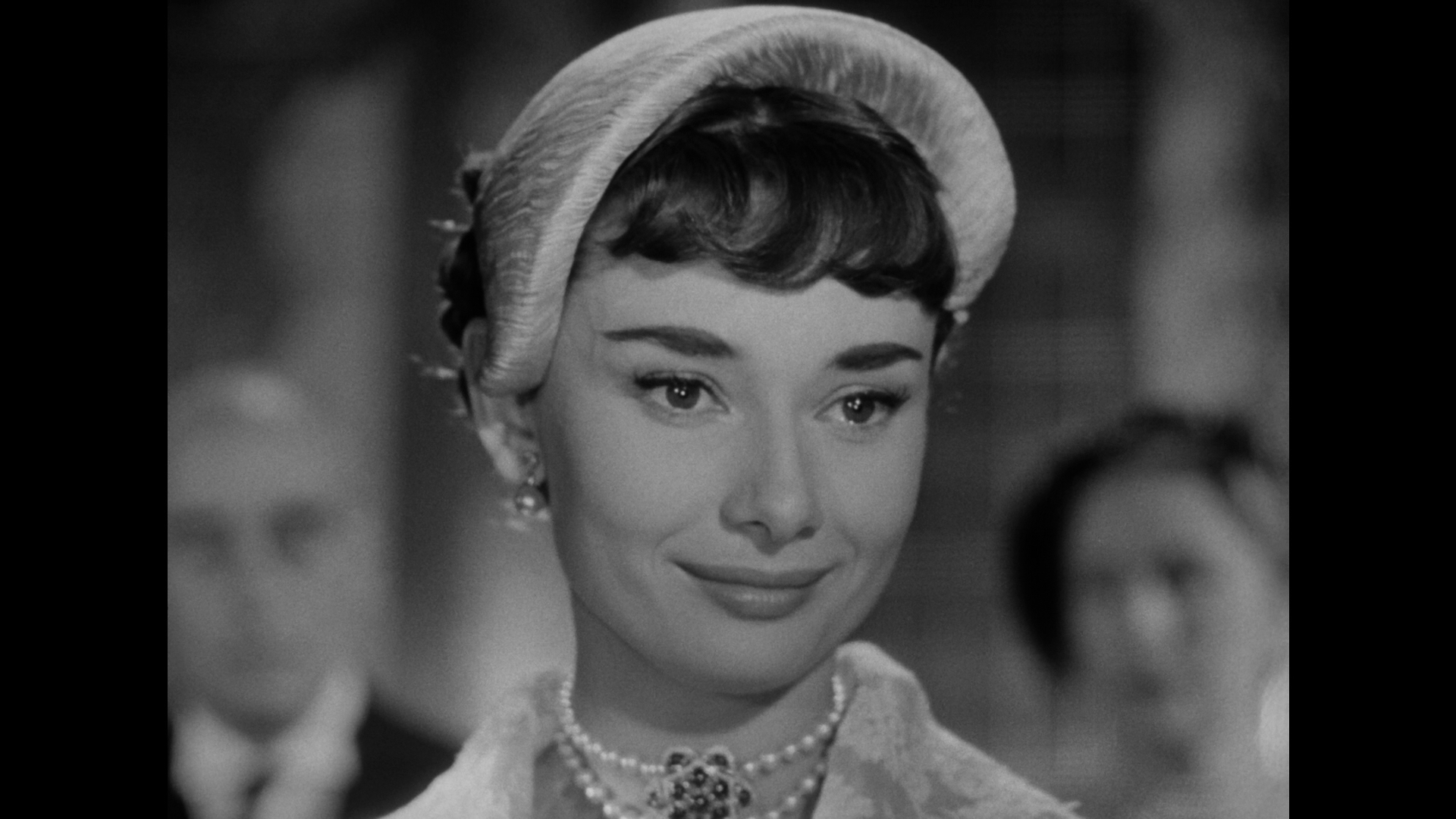
And while this project does feel like an outlier in the writer’s filmography – he's remembered for more serious-minded stuff, like The Brave One and Spartacus and Exodus – there’s some thoughtful consideration of duty and service underpinning Anne’s impulsive escape from her royal duties, setting up one of the best bittersweet endings in movie history. We know it’s coming, there’s never any attempt to pretend it isn’t, but damn if it doesn’t work.
Roman Holiday’s 70th anniversary 4K release is an upgrade from Paramount’s 2020 Blu-ray, which was a long time coming; though it’s rolled out plenty of Hepburn’s other films in HD, Paramount took a long time restoring this one. The negative for Roman Holiday was damaged in production, and a dupe negative was used for all 35mm prints – which grew scratched and worn over time, necessitating an extensive digital restoration in 2015 that’s the source for both the BD and UHD releases. It’s still not pristine, but it’s very, very good; better, I’d say, than the film looked in most theatrical engagements.
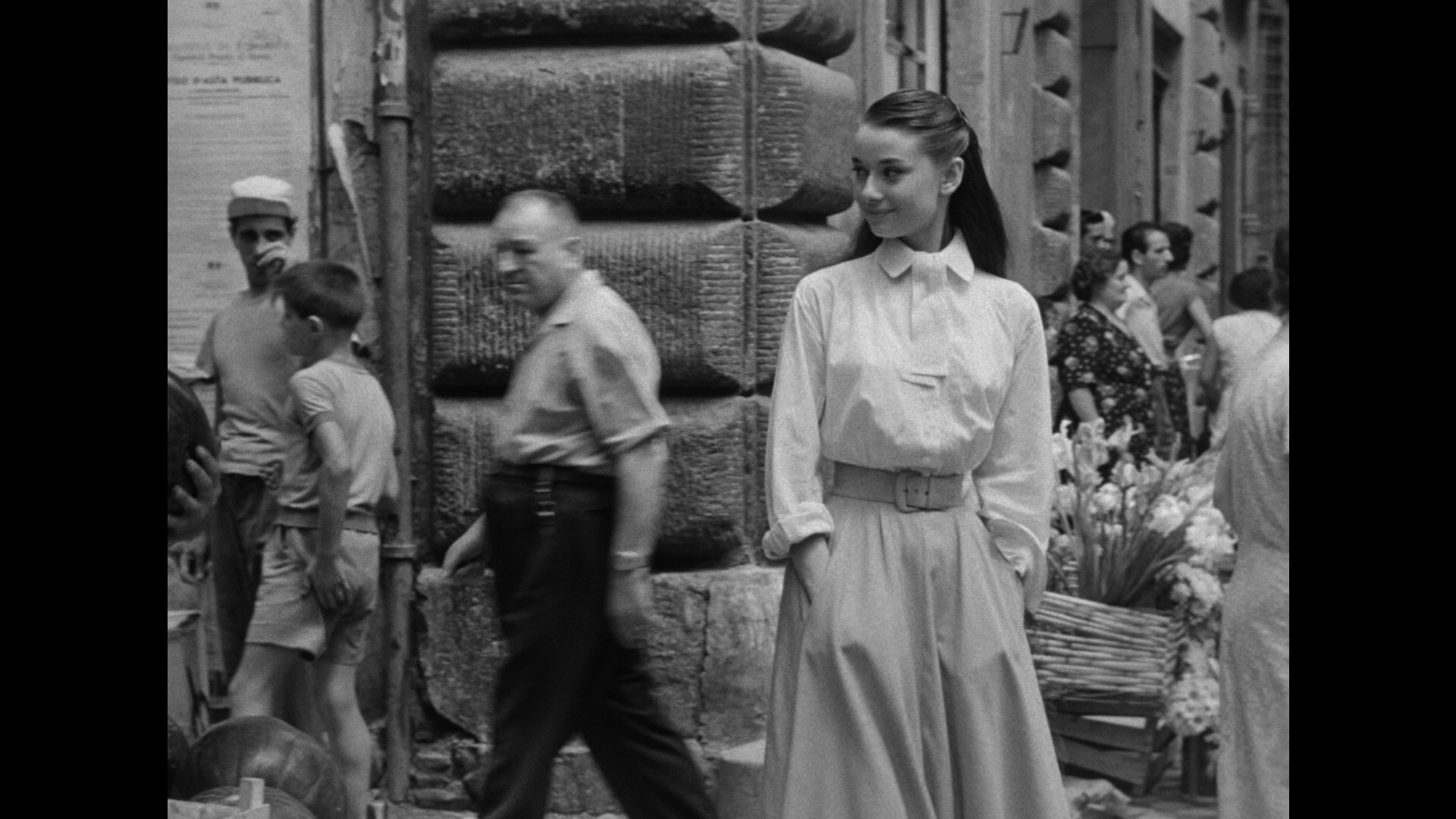
The 4K disc is a modest upgrade over the Blu-ray, but a good one; if you’ve been waiting for it, you won’t be disappointed, and if you already own the BD you can wait for this one to go on sale before grabbing it. Pleasantly, this is one of Paramount’s combo catalogue releases, so the 2020 Blu-ray is included with all of its supplements – most of them produced for the Centennial Collection DVD a few years back – while the 4K can dedicate all of its bitspace to the feature. I know things are shifting towards single-format releases, but the combo method still feels like a great way to release movies on UHD.
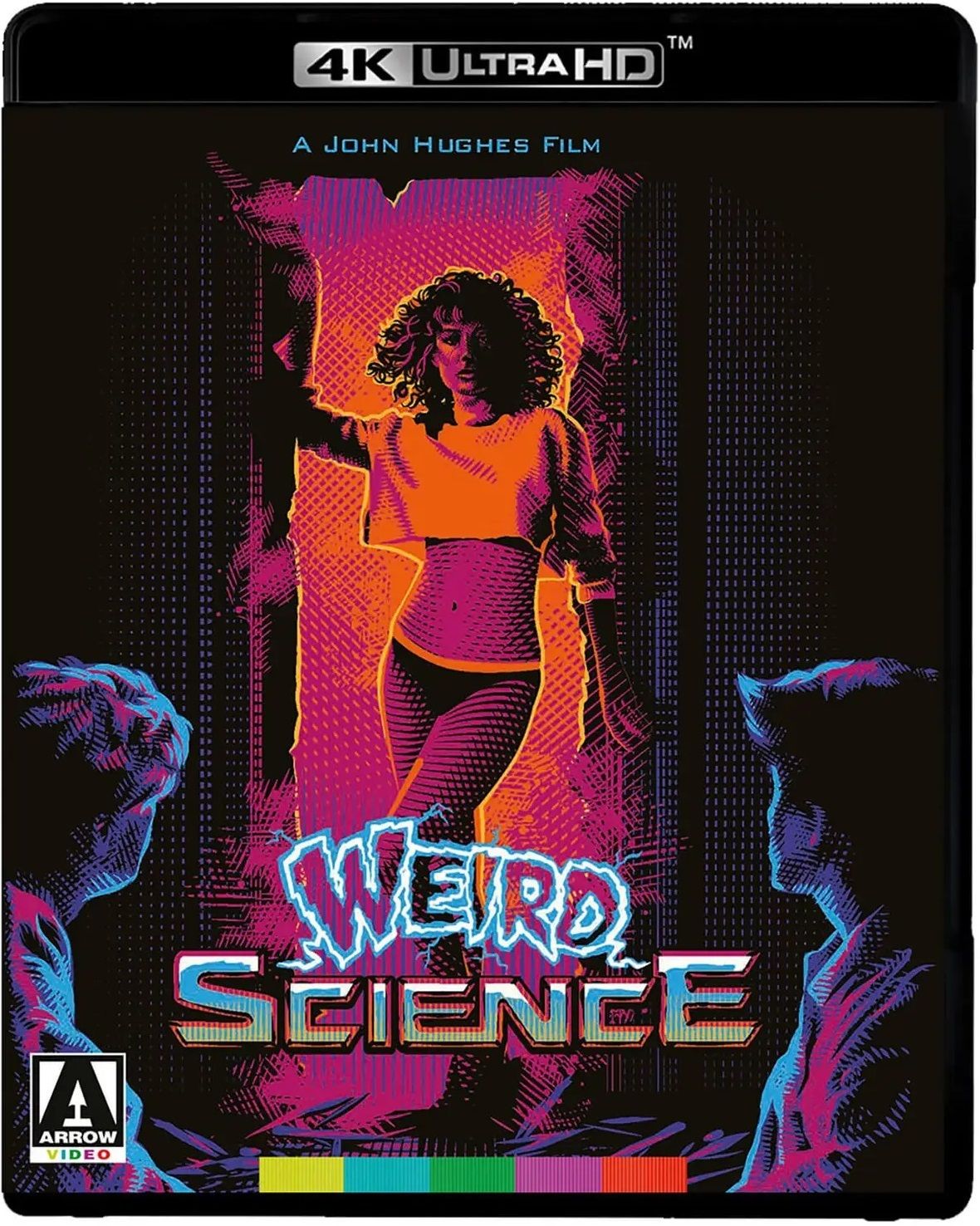
Over at Arrow, single-format upgrade is the name of the game, and their 4K release edition of John Hughes’ Weird Science follows the playbook to the letter, upgrading an existing Blu-ray special edition to UHD and carrying over all the special features. Although in this case they’ve left out one of the Blu-ray’s odder extras, but I’ll get to that.
Released at the apex of the ’80s teens-and-science era that gave us WarGames, Back to the Future and Real Genius – and many, many more – Weird Science is a comedy about teenage nerds Gary (Anthony Michael Hall) and Wyatt (Ilan Mitchell Smith) who can’t get laid, so they decide to create their own woman out of magic, technology and an off-brand Barbie. But once she actually exists – looking a great deal like supermodel Kelly Le Brock – the girl of their dreams turns out to have a mind of her own and a distinct lack of boundaries, pushing Gary and Wyatt to experience all the things they’ve been too scared to do – go to clubs, fight bikers, stand up to Wyatt’s macho brother Chet and most terrifying of all, talk to girls their own age.
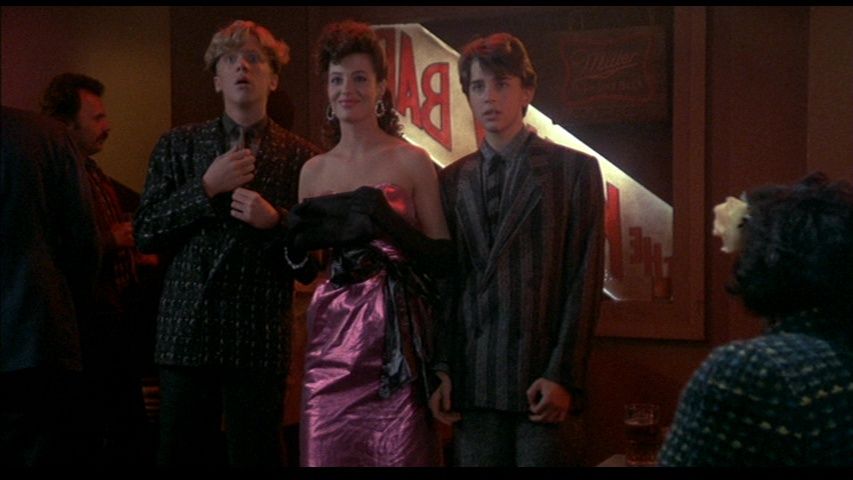
Weird Science marks the final chapter of the teenager trilogy Hughes made at Universal, after Sixteen Candles and The Breakfast Club defined him as the voice of a generation or whatever. It’s easily the least of them, a tossed-off comedy with no attempt at any of the dramatic swerves Hughes brought to the previous movies; it’s almost as though the former National Lampoon writer actively restrained his childish streak (well, mostly) to make the first two films, only to find all the adolescent foolishness spilling out onto the page when it came time to write this one.
This is the movie that doesn’t consider anything beyond the next joke, and uses the excuse of “well, honestly none of this should be happening” to yes-and itself into ever more ridiculous situations. If it wasn’t for Le Brock’s playful Lisa holding the whole thing together with a wicked twinkle, it’d be utterly incoherent. But she’s there, and it all kind of flows.
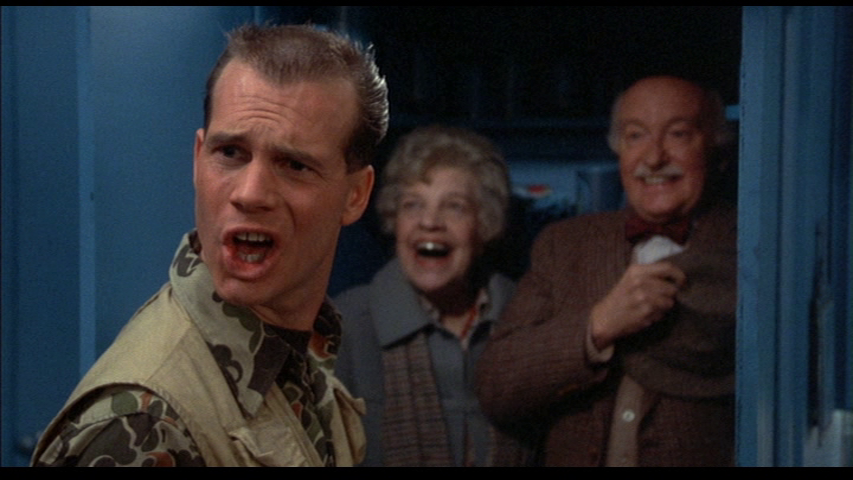
Weird Science is Hughes' frenetic take on the Frankenstein story, and I found myself wondering whether the creature it created was Kevin Smith; the kids in Mallrats absolutely know this picture backwards and forwards, and its use of raunchy jokes to cover for anxious panic is something he uses a lot as a writer. Another thing Hughes and Smith share is an eye for casting; Weird Science features not only Bill Paxton as the magnificent asshole that is Chet, but a baby-faced Robert Downey Jr. as one of Gary and Wyatt’s teenage bullies – dressed like a New Romantic and stealing every frame of every scene in which he appears. I mean, just look at this guy:
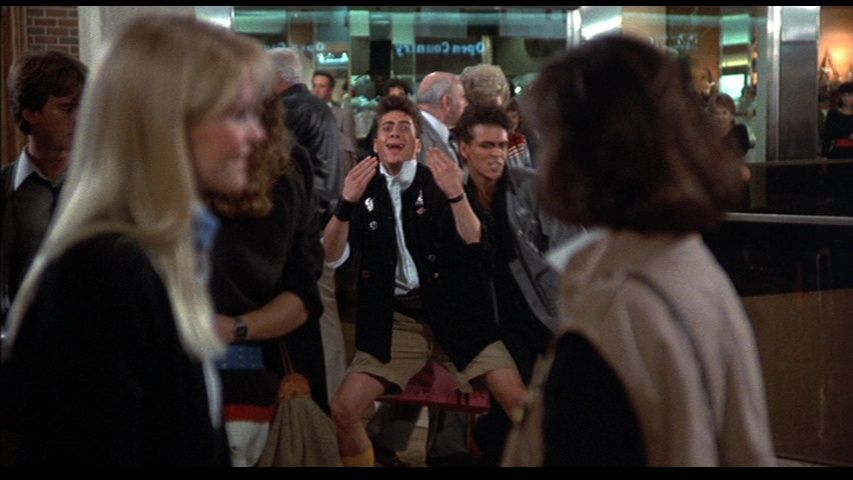
Le Brock has that wicked twinkle, but Downey is downright daring us to pay attention to anyone else whenever he’s in the room. It's delightful.
Like the Blu-ray special edition released in 2019 , Arrow’s 4K disc has just about everything a fan of Weird Science could want, starting with three versions of the feature – the theatrical cut, an extended version that restores two brief scenes, and the edited-for-TV version (presented at 4:3, in 1080p) which also contains those scenes but bowdlerizes the film with music replacements and a lot of sanitized dialogue. A split-screen scene comparison lets you see exactly how much was changed to make the film safe for broadcast, which is sort of fun.
The “real” versions of the feature are in 4K, of course, in a transfer that looks considerably darker and messier than the one on Universal’s earlier Blu-ray, which had so much noise reduction that some scenes appeared plastinated, their colors smeared into pastels; Arrow’s 4K restoration, mastered from a scan of the original negative, reminded me what an ’80s teen comedy was supposed to look like. Once again, I am amazed and delighted by the way UHD and HDR just love celluloid. (The stills here are pulled from Universal’s DVD, because I still can’t do screen grabs from 4K discs; sorry about that.)
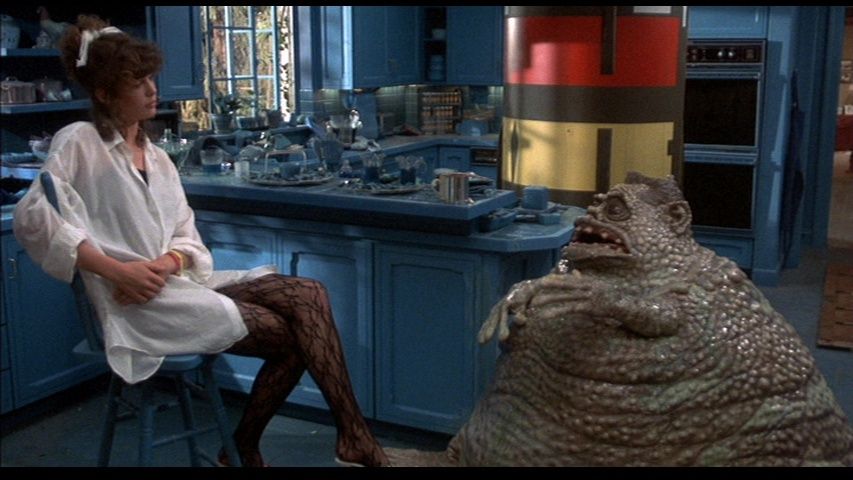
Supplements include new interviews with casting director Jackie Burch, editor Chris Lebenzon, composer Ira Newborn, makeup effects artist Craig Reardon and co-star John Kapelos, the only other actor besides Anthony Michael Hall to appear in all three films of Hughes’ Shermer Trilogy. The retrospective featurette from Universal’s first DVD release is here as well, and it’s a lot better than some of its contemporaries, offering genuine analysis from celebrity guests like Diablo Cody, Amy Heckerling and Owen Gleiberman.
And in planning out this column, I was surprised to find a manic pixie dream character hiding in one of the week’s new releases.
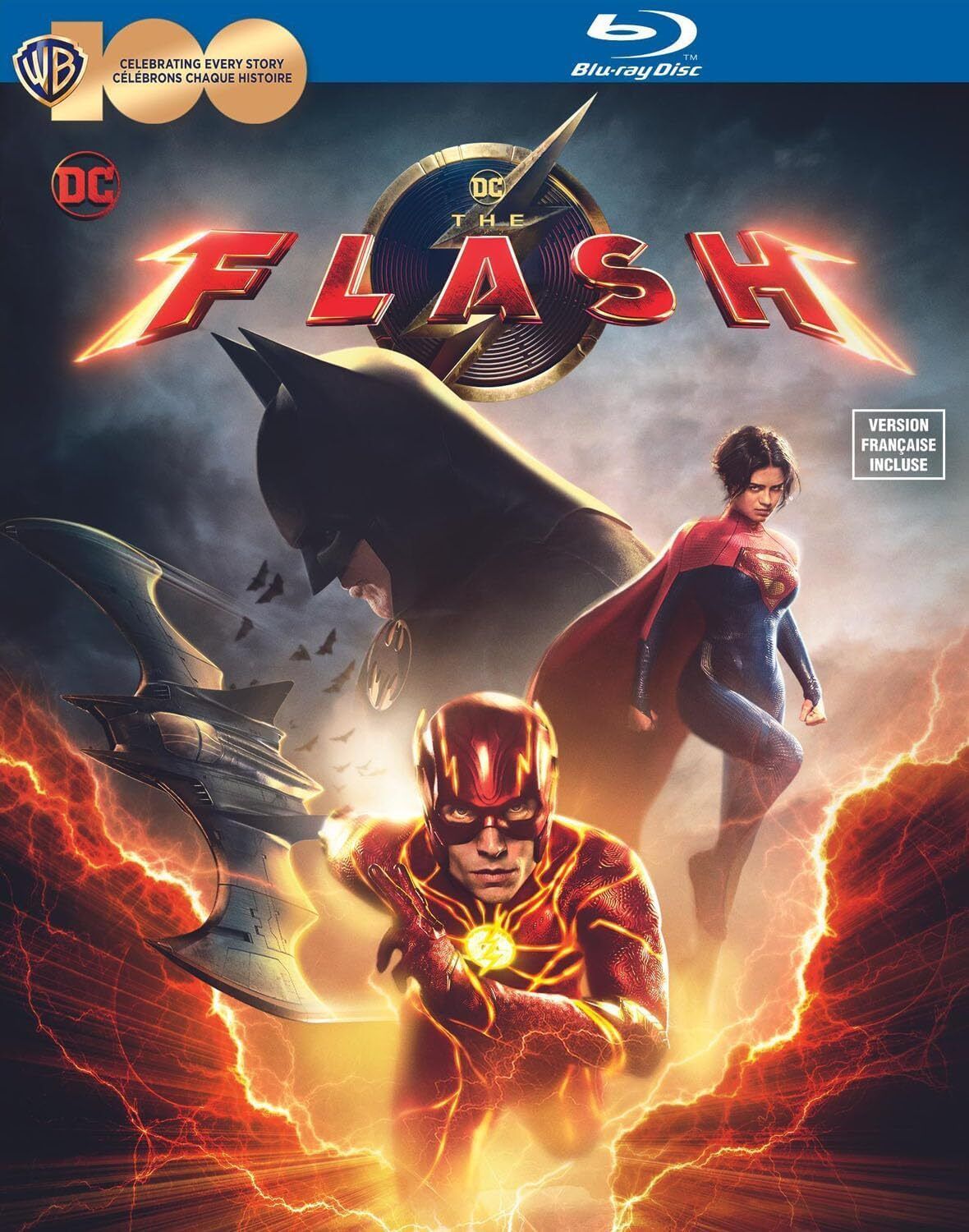
Yup, Barry Allen is his own Manic Pixie Dream Bro in The Flash. Or rather, another Barry Allen is, since this is a multiverse picture … sort of.
Andy Muschetti’s long-in-coming solo vehicle for the Justice League’s most promising character – who’s played by its most problematic actor, about which more in a minute – pulls its structure more from the Back to the Future Part II model of time travel, where a change to the timeline creates an alternate reality in which our heroes find themselves trapped. Technically this is all drawn from Geoff Johns and Andy Kubert’s 2011 Flashpoint comics cycle, but the execution is entirely dependent on the tricks of Robert Zemeckis and Bob Gale’s 1989 meta-sequel; Zemeckis and Gale’s original movie gets several shout-outs in The Flash, since Eric Stoltz getting to finish his performance as Marty McFly is the first hint of butterfly-related shenanigans. And, as in Part II, undoing a parent’s death is the emotional engine for everything that happens.
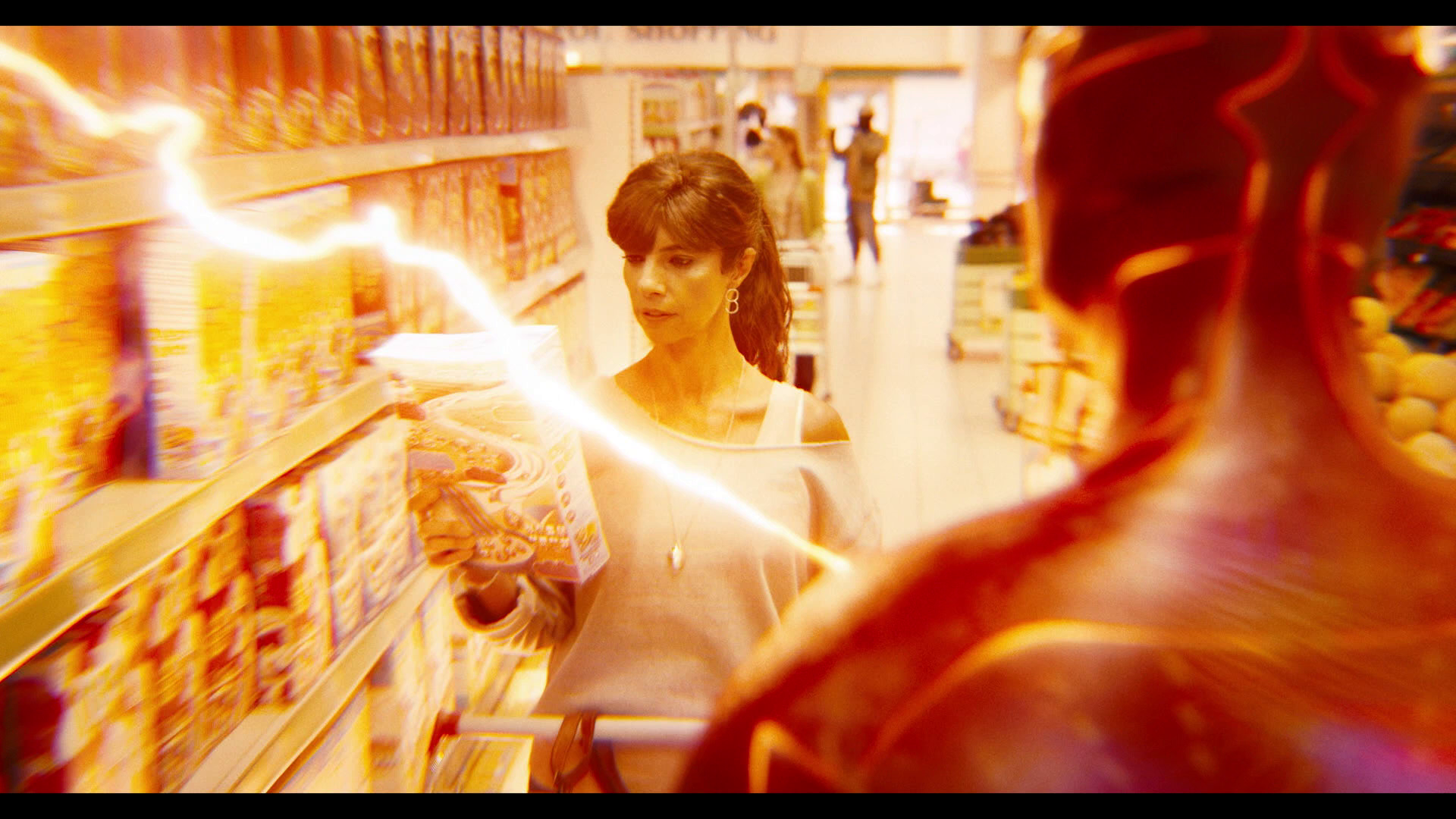
Part of Barry Allen’s mythology – at least since the character’s most recent reinvention – is that his mother was murdered by an unknown assailant when he was a child, and his father convicted for her death. So when Barry discovers he can use the mysterious Speed Force to travel through time early in The Flash, he immediately decides to save her – over the objections of Ben Affleck’s sympathetic Bruce Wayne that doing so would surely have some effect on Barry’s life, and possibly everyone else’s as well.
So Barry goes fast and fixes history, saving both parents – and finding himself dumped out of the time stream in September 2013, the day his younger self got his powers, and the day before the arrival of General Zod’s Kryptonian war fleet in Snyders’s Man of Steel. But there’s no Superman to stop Zod in this timeline – no superheroes at all, apparently – meaning Barry is the only person on the planet who can challenge him, by using his knowledge of the events to derail Zod’s invasion before he can reach Metropolis. So he has to make sure this version of himself (also Miller) is in the Central City crime lab to be struck by lightning and soaked in chemicals … which is a problem, because this Barry wasn’t galvanized by his mother’s murder to become a forensics tech, and is kind of a bonehead.
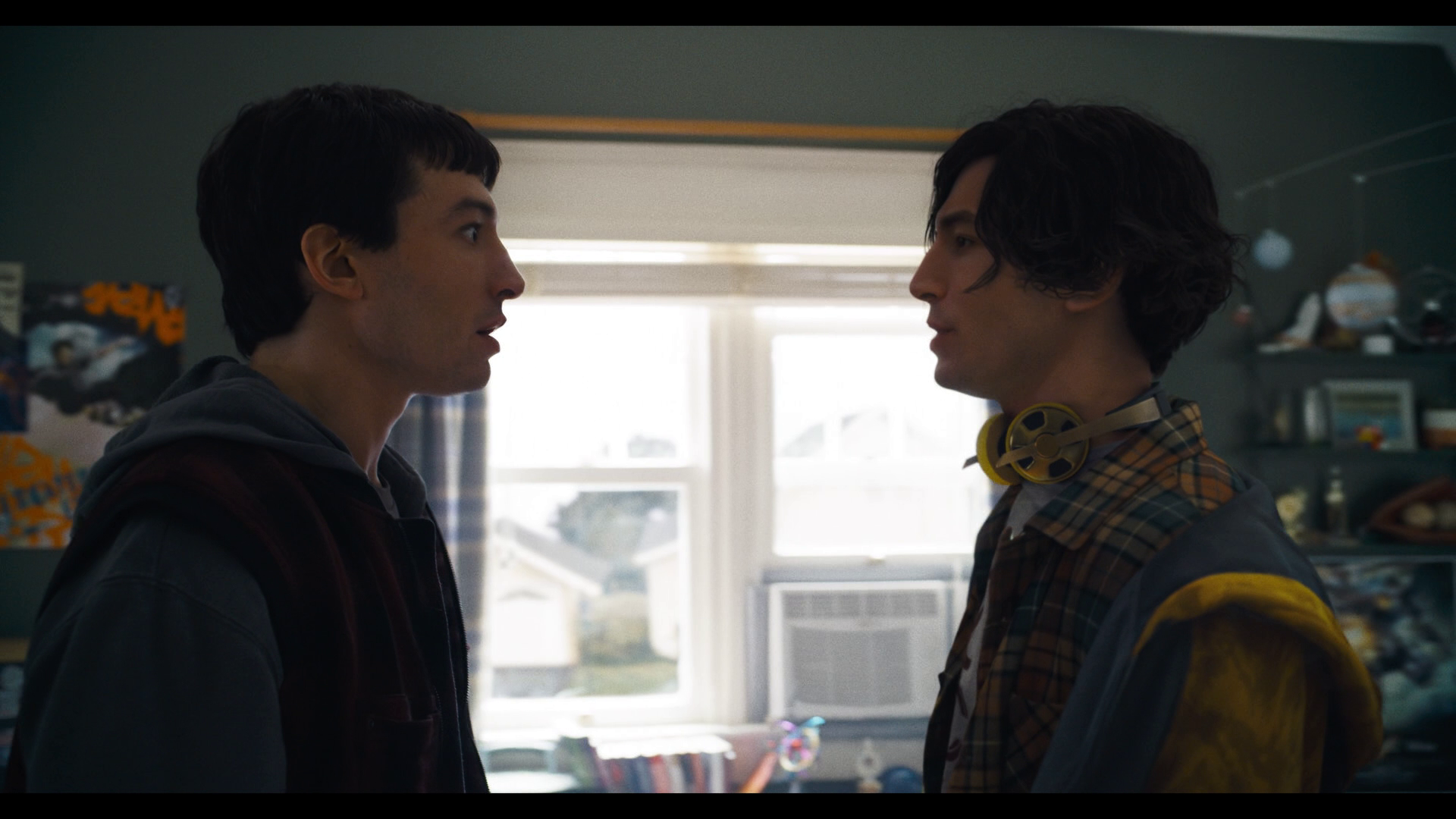
That part is relatively simple – except Barry-prime is also caught in the lightning strike, and loses his speed when Dingus Barry gets empowered. Speed without strategy will be useless against the Kryptonians … so the Barrys set out to find Bruce Wayne. And, as you might have heard, this timeline’s Batman is a little different, which introduces a problem The Flash never quite resolves.
See, Tim Burton’s Batman aesthetic doesn’t really belong in the more realistic universe Zack Snyder laid out in Man of Steel, a hint that the canon-juggling hijinx of The Flash might not have been thought all the way through. Keaton’s Batman still lives in a remote, misty Wayne Manor that doesn’t at all jibe with the “basically Chicago” look of the Gotham City Barry knows – and which still exists in this alternate timeline.
Maybe there was a big urban renewal project after Keaton’s Bruce retired? Or maybe the joke was supposed to be that Keaton’s Batman just carries a Gothic vibe, bringing the Danny Elfman theme and gnarled Anton Furst production design everywhere he goes. (John Francis Daley and Jonathan Goldstein worked on an early draft of The Flash and share story credit with screenwriter Christina Hodson, and I can absolutely see that being one of their contributions.) But it feels like the wrong kind of fan service – like an older action figure being mistakenly included in a more current collection – and given the way The Flash depends on the audience being familiar with literal decades of DC film and television adaptations, it’s a weird choice.
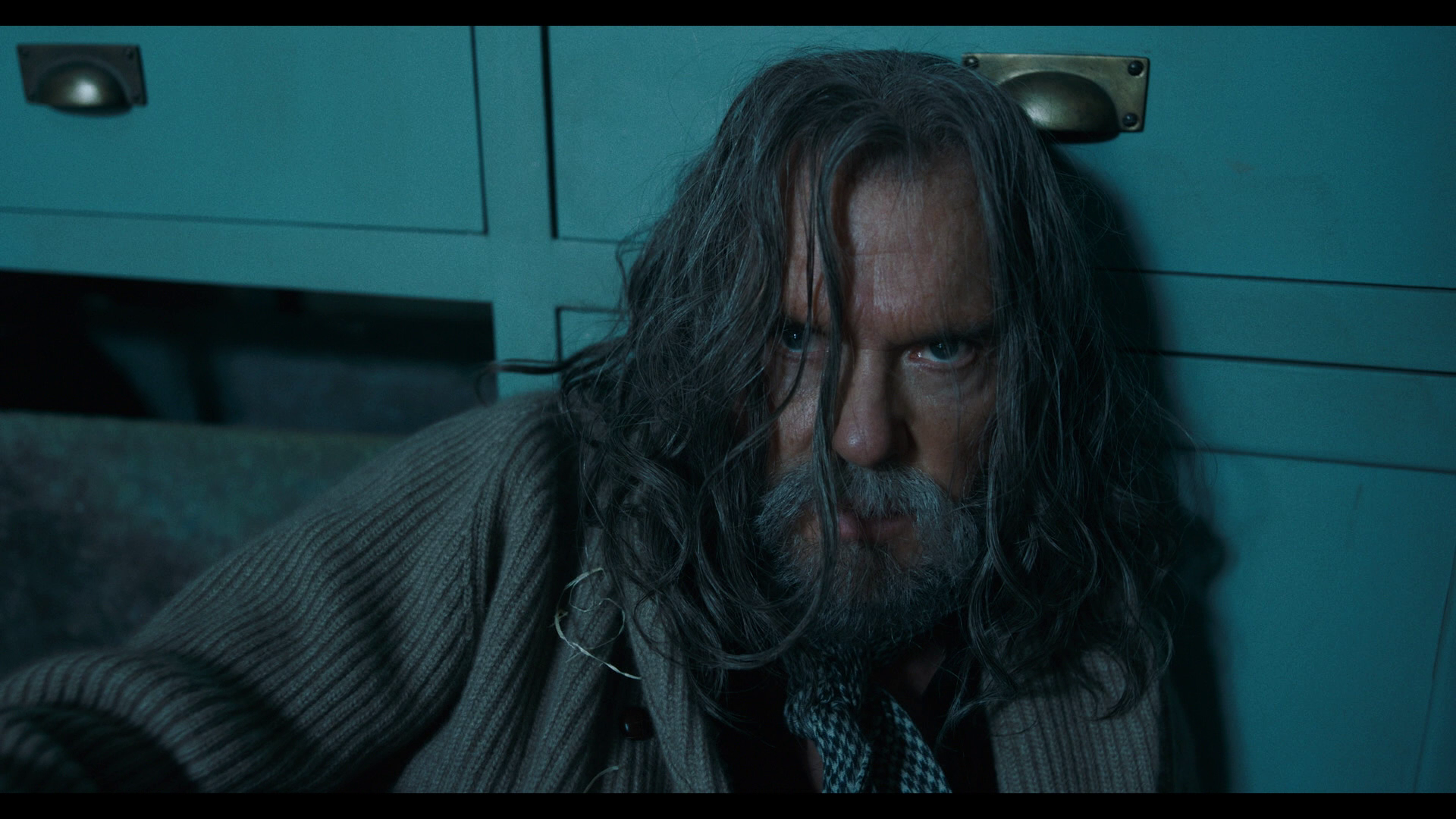
I mean, I understand that the whole thing comes out of “people just want to see Michael Keaton back as Batman” – everyone basically admits as much in one of the featurettes on Warner’s Blu-ray – and I’ll admit it’s nice to see Keaton’s Bruce Wayne back again, since that guy was a full-on weirdo. The mechanics of the movie also require his Bruce to be Barry’s Doc Brown, providing a quick seminar on temporal mechanics with a pot of spaghetti that is pretty clever while still failing to clarify the key point he’s trying to get across, which is that Barry didn’t technically alter his timeline but rather made a decision that deposited him in an entirely different one. I suppose it’s irrelevant from Barry’s perspective, but even so. Also, when did Bruce Wayne become an expert in temporal mechanics? (I’m guessing it was around the time Ray Fisher and Warner Bros. parted ways.)
Anyhow, this is an hour or so into the movie and we haven’t even met Supergirl yet. Or rather this timeline’s version of Supergirl, played by Sasha Callie on a similar trajectory with Henry Cavill’s Superman – guarded but essentially good, complicated here by having spent her entire existence on Earth in a Russian black site, powerless and tortured for unknown reasons. Batman and the Barrys find her and free her, then work to restore Barry Prime’s powers so they can all tackle Zod together.
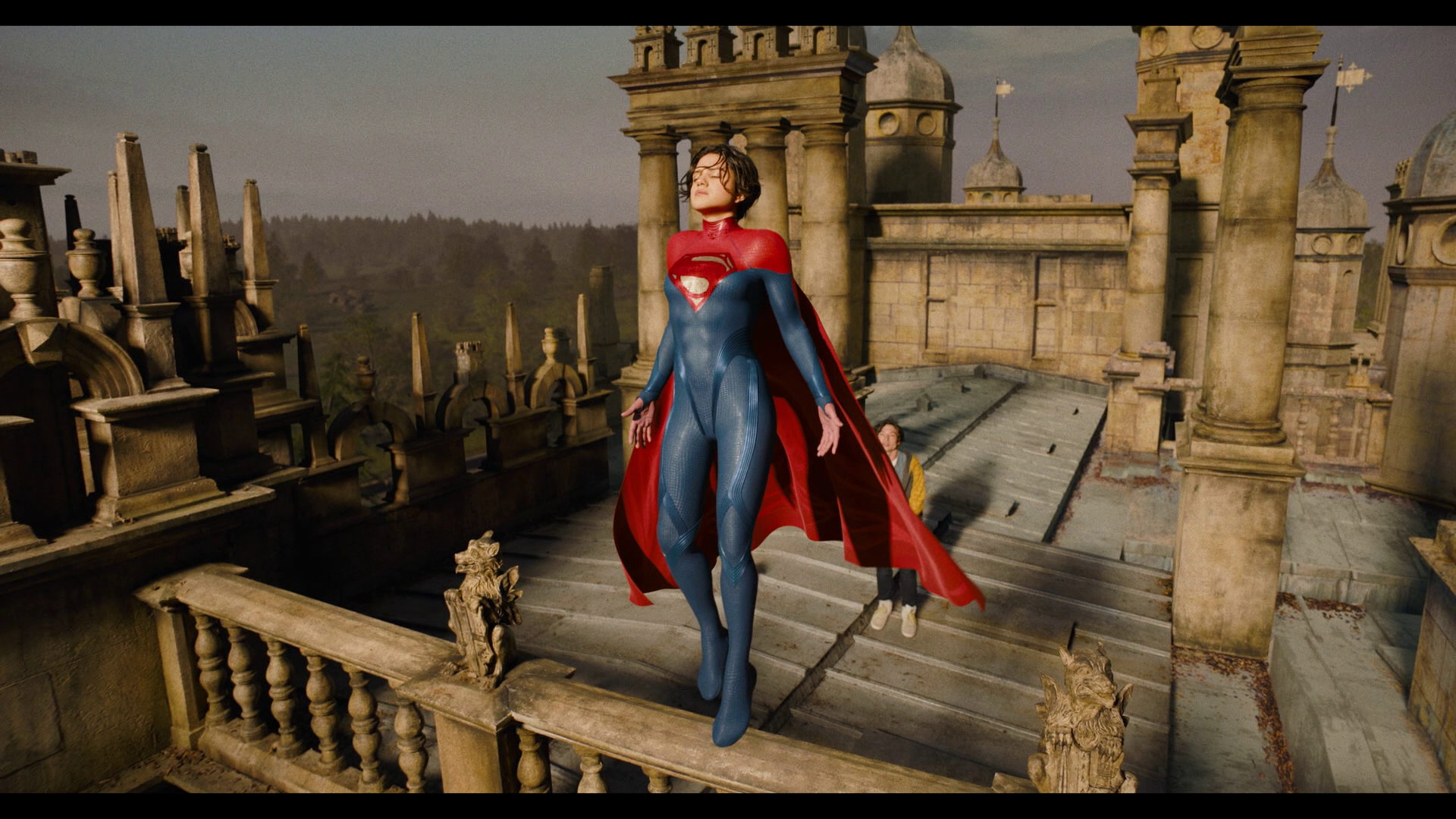
Oh right, almost forgot: This all happens over the course of a day, with the Kryptonian invasion of Earth unfolding in the background. That’s another thing The Flash doesn’t quite get right; there’s no sense of urgency around the annihilation of the human race, either because this is the 14th DC movie and we all know it’s not going to happen or because the whole alternate-timeline thing means the movie simply isn’t invested in this universe. And that takes some of the power away from its big climax, a big CG explosion-a-rama that tries to show us the effect of all reality collapsing into itself through a stream of very dodgy “cameos” by various other versions of the Flash, Batman, Superman and Supergirl, all digitally rendered at various levels of photorealism.
If it sounds like a lot, it definitely is. And while the nerd in me was delighted to see anyone attempt to bring Marv Wolfman and George Perez’ Crisis on Infinite Earths saga to the screen in all its eye-popping, canon-bending complexity – as opposed to the decent but limited crossover event The CW made of it a few years back – I also realized it’s exactly the sort of impenetrable mythological nonsense that prevents people from connecting to these movies, and the idea of a Flash stand-alone picture containing this gargantuan thing is counterintuitive. Barry Allen was the comic relief in Justice League, the new guy still discovering his amazing potential and feeling outclassed by everyone else.
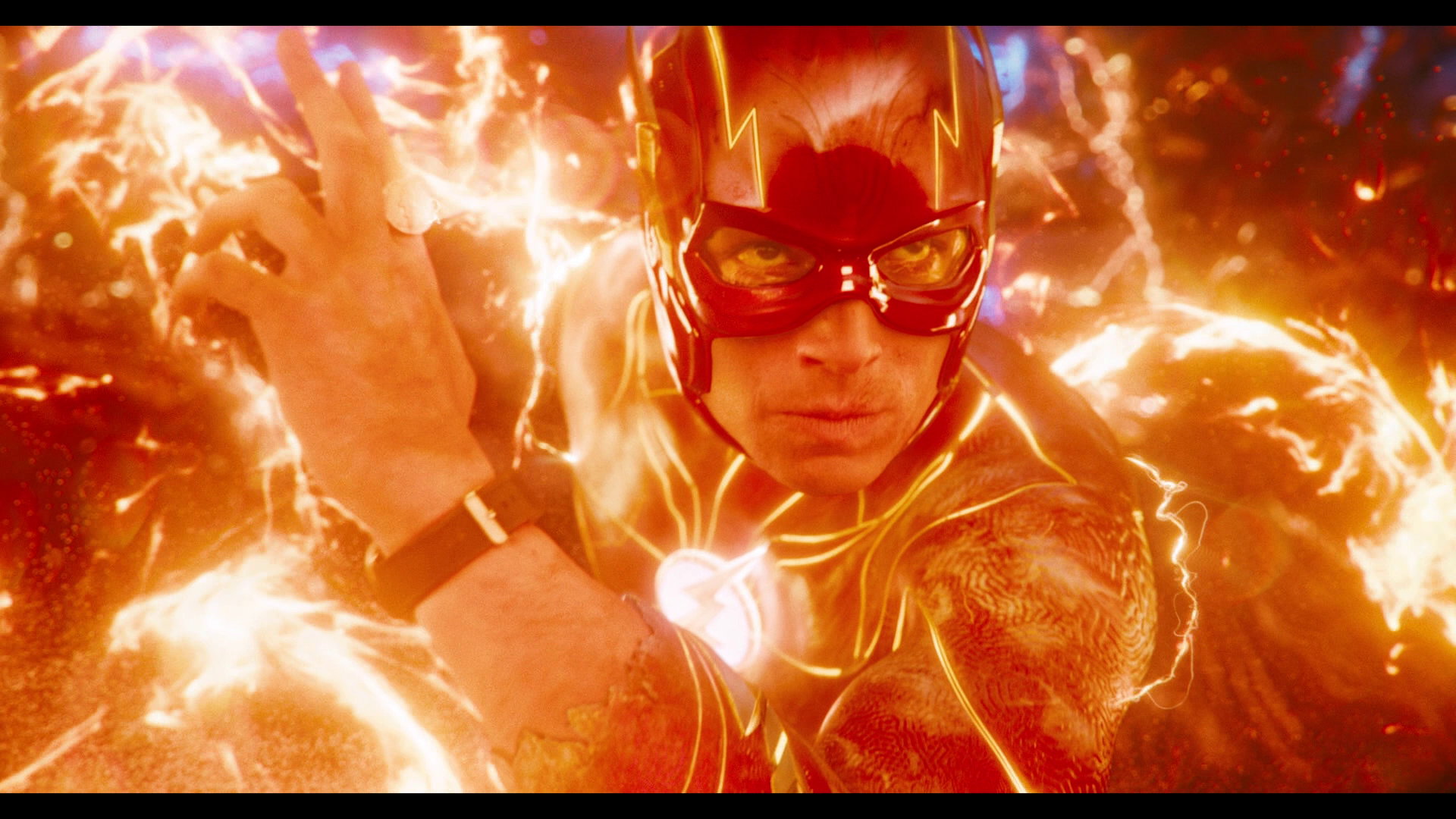
Putting the fate of all reality on his shoulders so soon is a bit heavy, especially when it’s all tied up in a personal trauma that’s just being sketched in when the film opens. A smaller, lighter Flash movie – or one with simpler personal stakes – wouldn’t have been a bad idea. Think of what James Wan did with Aquaman, undercutting the complex undersea war narrative with Jason Momoa constantly pointing out the dopiness of all the conflicts … even as he’s drawn into accepting his place as a the king of Atlantis, or whatever. That nicely separated Aquaman from the heaviness of the Justice League movie, and also explained why he was going it alone rather than calling in his super-friends.
The Flash is all about putting Barry back in another super-team, which is entirely fine as a concept, except that this team is built out of pieces that don’t really fit. The idea that Barry has bonded with Affleck’s Bruce Wayne between movies is a really sweet one – Barry needs a mentor, and Bruce would be drawn to the kid with a formative trauma not unlike his own – and it’s also a good reminder that Affleck had finally figured out how to play the character. (It’s a shame this is almost certainly the last time we’ll see him as either Bruce or Batman.) Miller has good chemistry with Keaton’s older, more rueful Bruce as well, pleading with him to reconnect with the man he used to be.
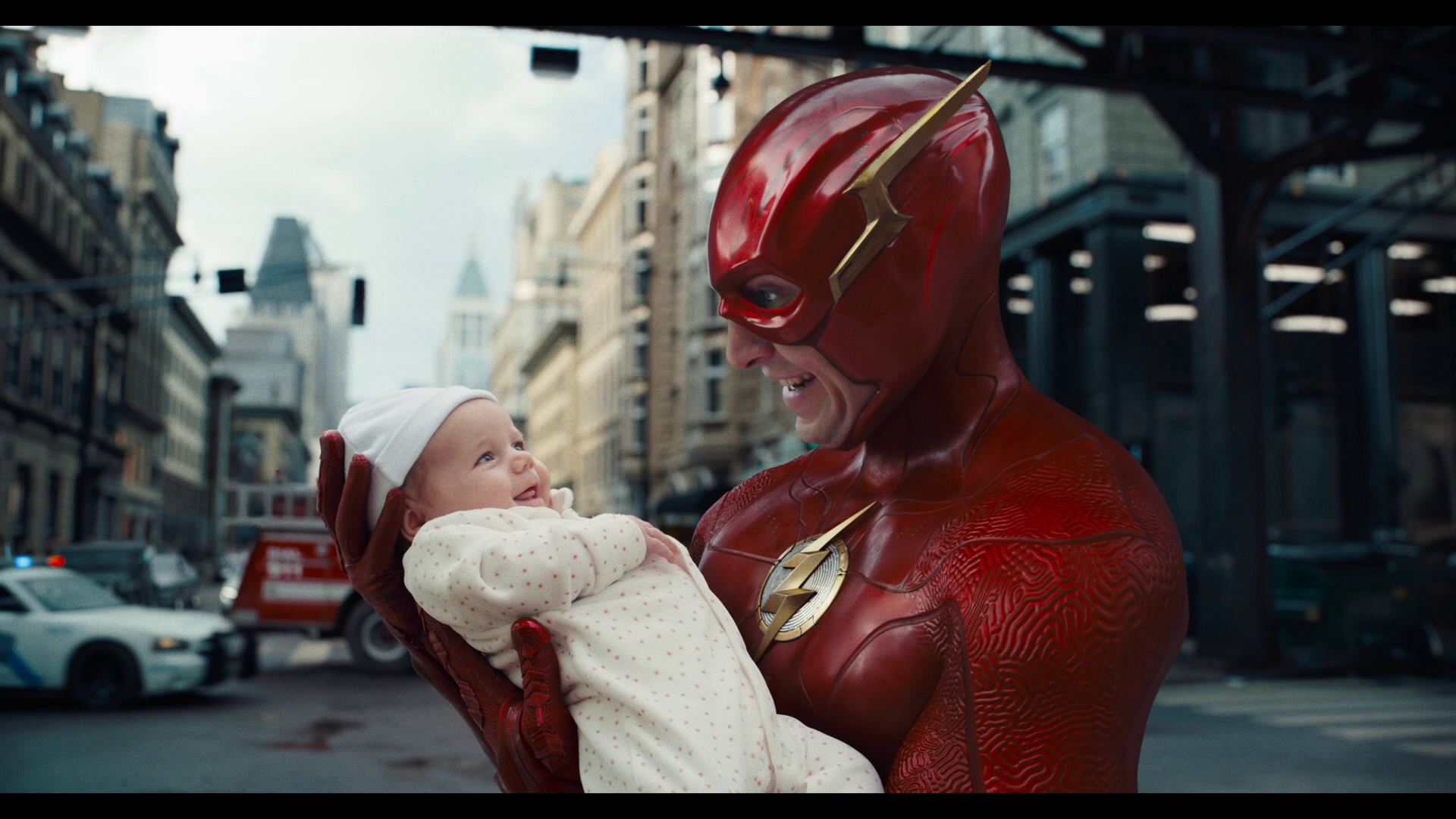
I said I’d engage with the Ezra Miller of it all, so here we go: Ezra Miller is clearly a very troubled person who I dearly hope is getting the help they need, because Ezra Miller is also a very gifted actor – gifted enough that I could forget about the havoc they’ve caused off-screen, and hope they come out the other side of whatever they’re going through. Miller’s Barry is a terrific character, and Miller makes Dingus Barry an entirely separate, immediately recognizable version of Barry Prime – someone with the same instincts and character traits, but who hasn’t been honed by pain and loss in the same way and can’t fully process the massive events he’s experiencing.
And Miller isn’t the only one giving a real performance here; there’s Affleck and Keaton and Calle and (briefly) Kiersey Clemons as Barry’s old college pal (and future wife) Iris West, who made a brief appearance in the restored Justice League but appears officially for the first time here, and Ron Livingston and the wonderful Maribel Verdú as Barry’s parents, who sell their big moments with an offhanded grace that feels more authentic and true than anything else in the DC-verse. These moves have never really had the time for the idea of ordinary people inspiring extraordinary things – look at the way Snyder misunderstood the essence of Jonathan Kent – and finally, someone found the humanity they’ve always needed. Too late, but at least they found it.
Warner’s Blu-ray of The Flash offers three featurettes amounting to about an hour of material: A 40-minute making-of, more or less hosted by Muschetti, that covers every stage of the production while keeping key cast members at arm’s length. Calle is the only lead who turns up for an interview; Keaton didn’t even sit down for the featurette devoted to the return of his Batman – which includes the very fun trivia point of the costume designers updating his suit to be more flexible and comfortable, only to have the actor try it on and immediately reject it because it wasn’t stiff enough. There’s also a fairly deep dive into the history of Supergirl, with appearances from a host of DC comics writers and former Karas Zor-el Helen Slater, Laura Vandervoort and Melissa Benoist, and Calle coming in to explain the qualities her Kara shares with the version we know. The recently released DC podcast The Flash: Escape the Midnight Circus, featuring New Girl’s Max Greenfield as Barry Allen, is also included here, which I think is a first.
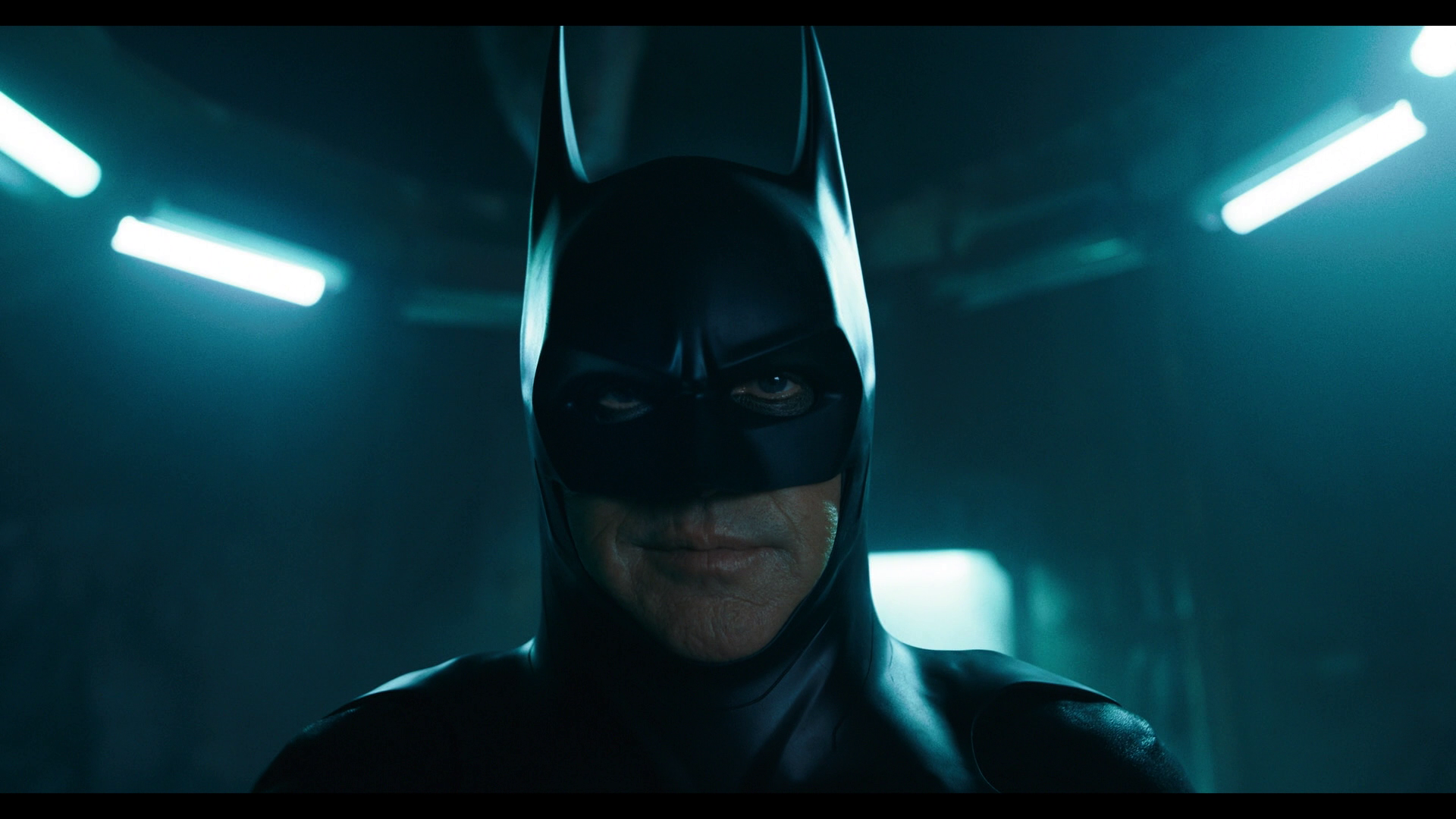
The Blu-ray’s image and sound are top-notch, by the way; The Flash was the first movie I watched after rebuilding my home theater, and the Atmos track is a great way to test one’s spatial-audio setup – its crackling lighting, popping sparks and occasional gunfire bouncing off the walls in perfect coherence, if that’s a description that makes any sense. Picture quality was bright and busy, and I can only imagine what the more elaborate effects sequences look like with the addition of HDR and UHD. (The 4K release, which I wasn’t sent for review, offers another half-dozen special features including a longish look at the history of the Flash – similar to the Supergirl featurette, I’m guessing – as well as four scene breakdowns and about 15 minutes of deleted scenes.)
If you’re still on board with the larger DC project, or you just want to see Michael Keaton back in the suit? Sure, pick up The Flash. And yes, stick around for the end-credits tag. It’s cute.
Roman Holiday is available in a 4K/Blu-ray combo from Paramount Home Entertainment; Weird Science and The Flash are available in separate 4K and Blu-ray editions from Arrow Video and Warner Home Entertainment, respectively. Enjoy ’em!
In the next paid edition: Via Vision salutes Walter Hill and Gene Hackman with two of their massive Imprint boxes, and rolls out a couple of mid-’90s classics for good measure. Update that subscription and get it the moment it drops!
